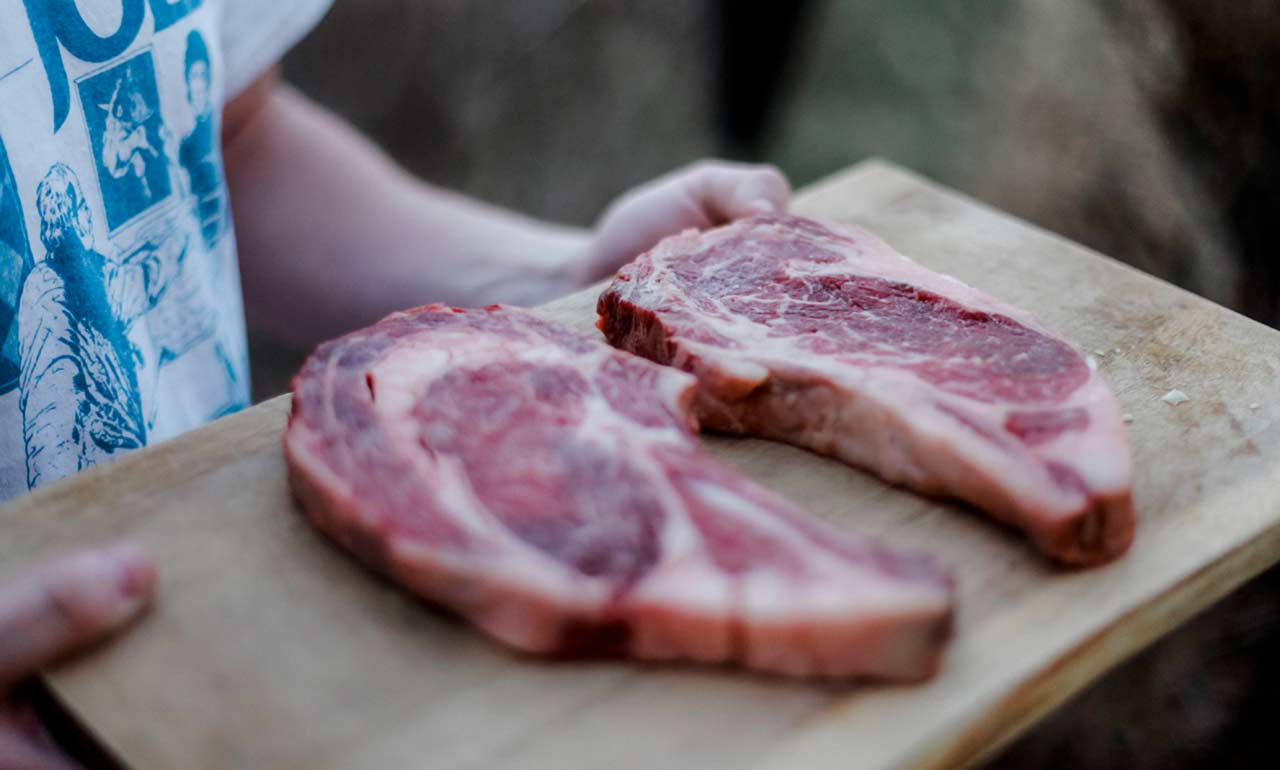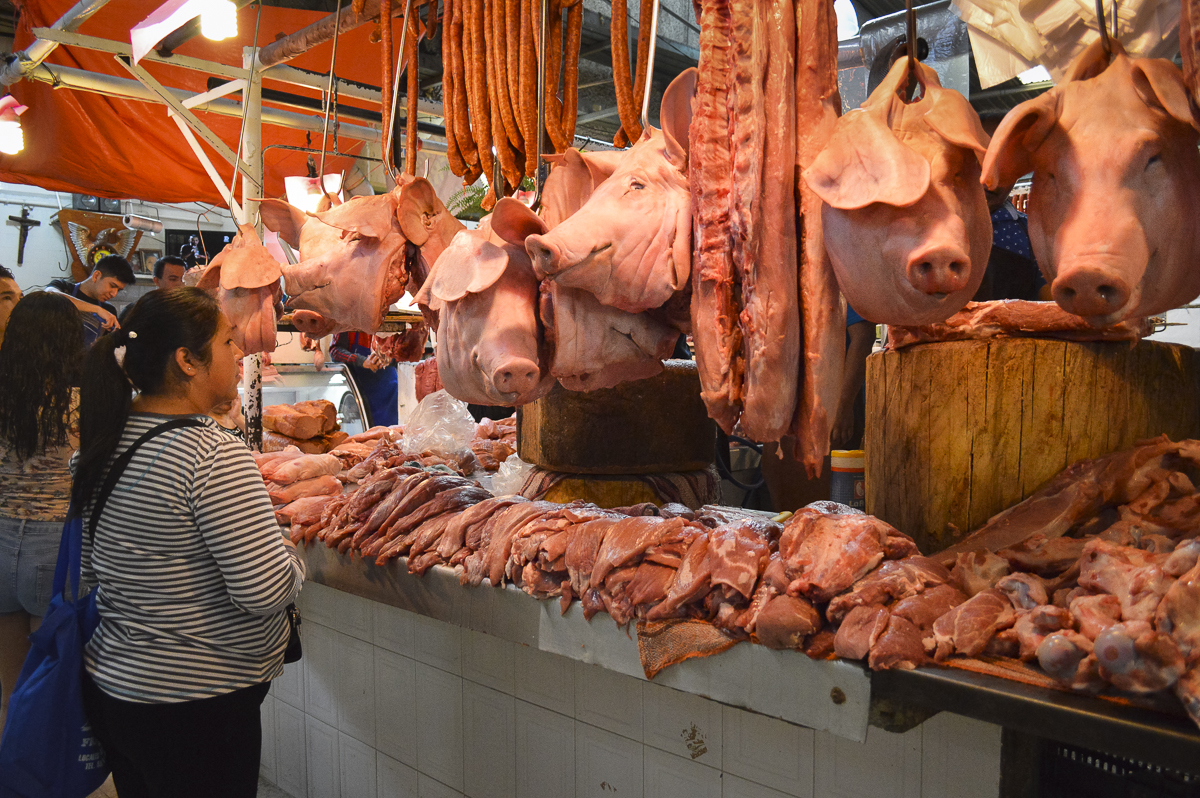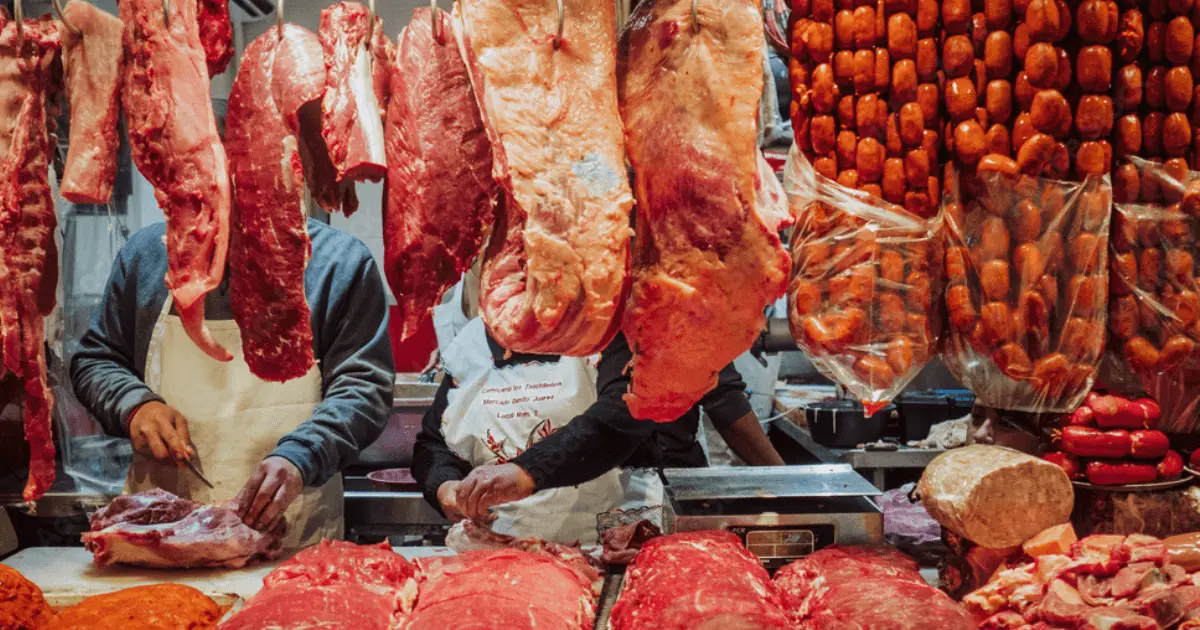Discover Fresh Cuts at Bagley Farms Meat Market Edwardsville IL for Your Following BBQ
Discover Fresh Cuts at Bagley Farms Meat Market Edwardsville IL for Your Following BBQ
Blog Article
Reveal the Art of the Butcher's Cut in a Modern Meat Market
In the ever-evolving landscape of contemporary meat markets, the butcher's cut has transcended its traditional origins, merging olden craftsmanship with modern methods. What genuinely sets the modern-day butcher apart is their ability to build a deeper connection in between customers and the origins of their meat.
Advancement of Butchery Methods
The advancement of butchery techniques mirrors a rich tapestry of advancement and adaptation driven by improvements in technology, modifications in customer demand, and a deeper understanding of meat scientific research. Historically, butchery was a craft passed down with generations, with approaches developed over centuries to make the most of return and taste. The commercial change ushered in automation, transforming conventional methods and making it possible for large-scale processing.
The mid-20th century saw butchery methods better improved by scientific insights into muscle mass biology and meat aging, improving both inflammation and preference. Innovations like vacuum packaging and refrigeration extended product shelf-life, enabling butchers to branch out offerings and enhance quality assurance. This duration additionally noted the surge of customized equipment, such as band saws and meat slicers, which increased precision and efficiency in meat processing.

Computerized systems currently help in tracking pet provenance and enhancing cuts to meet details consumer preferences. In addition, a renewal in artisanal butchery has arised, blending traditional abilities with modern expertise to cater to customers looking for ethical and lasting meat options.
Recognizing Meat Cuts
Recognizing the complexities of meat cuts is crucial for both butchers and consumers looking for top quality and value. For butchers, exact cuts mirror ability and regard for the craft, making sure minimal waste and ideal return.

Comprehending muscle make-up is vital; muscle mass used a lot more often by the pet have a tendency to be tougher and are best matched for sluggish food preparation techniques, while less-used muscles, like those located in the loin, are much more tender and perfect for barbecuing or roasting. Familiarity with these differences empowers customers to make informed selections, enhancing their cooking endeavors.
Picking High Quality Meat
Picking the right meat includes even more than simply picking a visually attractive item from the display screen. The art of picking quality meat needs a critical eye and expertise of details attributes that represent quality and quality.
Second of all, take into consideration the marbling, which refers to the white flecks of fat within the muscle mass. Appropriate marbling is a crucial indication of inflammation and taste, as it thaws throughout cooking, enhancing the meat's juiciness. Remember, greater marbling usually associates with premium high quality cuts, such as USDA Prime.
Structure is one more vital factor; meat needs to feel firm to the touch, not slimed or extremely soft. Additionally, be mindful of the scent. Fresh meat should have a tidy, neutral scent, free from any kind of sour or repulsive smells.
Combining Cuts With Food Preparation Techniques

On the other hand, harder cuts like brisket and chuck roast are rich in collagen, which breaks down right into gelatin when cooked gradually. These cuts are ideal for braising or slow-moving roasting, enabling the meat to tenderize over time and establish deep, intricate flavors. Cuts such as brief ribs and pork shoulder make out well with slow-cooking methods, where extended cooking times transform their robust appearances right into delicious dishes.
Lamb shanks and oxtail, which require prolonged cooking to tenderize, are ideal candidates for stewing or slow-moving simmering. These approaches coax out rich, hearty flavors while maintaining moisture. By understanding the special features of each cut, cooks and home chefs alike can raise their cooking developments, ensuring each dish is both satisfying and remarkable.
The Butcher's Duty Today
Browsing the developing landscape of the modern meat market, the butcher's role today expands past simple preparation of cuts. Contemporary butchers are cooking artisans, teachers, and advocates for lasting methods. They bridge the void in between the farm and the fork by guaranteeing ethical sourcing, understanding pet husbandry, and prioritizing transparency in the supply chain. This change reflects the growing customer demand for high quality over quantity, where provenance and animal welfare are paramount.
In addition to crafting precise cuts, butchers currently engage her comment is here straight with consumers, providing cooking suggestions and tailoring options to fit specific needs and preferences. Their knowledge in meat aging, marbling, and taste accounts empowers consumers to make enlightened choices, enhancing their culinary experiences. This tailored service exemplifies the butcher's progressing duty as a relied on advisor in the kitchen area.
In addition, butchers are pivotal in reducing waste, using entire pets to create diverse products such as sausages and stocks. This detailed strategy not only appreciates the pet yet also lines up with modern sustainability objectives. In this way, the modern butcher personifies both practice and development, adapting to an ever-changing market while maintaining the artistry and integrity of their craft.
Final Thought
The modern butcher's craft elaborately weaves traditional methods with contemporary technologies, highlighting lasting techniques and moral sourcing. Proficiency in recognizing varied meat cuts why not try here and high quality signs empowers butchers to offer enlightened recommendations, lining up certain cuts with optimum cooking methods. This know-how not just boosts culinary experiences but likewise enhances the link in between consumers and the origins of their food. By honoring historic techniques while welcoming modern needs, the butcher's function remains crucial in today's sophisticated meat market (bagley farms meat market edwardsville il).
Report this page